One of the most excited things today is the changing landscape of how we interact with our devices. However, many developers have been slow to utilize these new interactions. The PC era brought with it simple conventions such as clicking a button with a mouse that when we were given new devices such as the iPhone which allows for multiple fingers to control the screen, it has taken time for us to catch up with this new reality. All too often you see apps use the old conventions and solve most problems with a simple button click. This is easy to understand. It is tried and tested and we can already think about our user interfaces in this aspect. I wanted to see all of use push past these limits and try to create new experiences. That was the driving force behind my first Pluralsight course “Touch and Motion Events for iOS”.
We should always try to explore and push the boundaries with these devices. I teach the user everything their is to know about the touch system in iOS. It covers the fundamentals with hit-testing, the process that iOS uses to decide whether a user touched a certain area. The user is taken through all of the Gesture Recognizers that were built and provided by Apple. These are probably the most important aspect for handling touches within iOS because they provide a common set of gestures that we can all use in our apps. A user can attempt a rotation gesture on a view with the expectation that it will work if we all apply that same gesture recognizer within our apps. It creates a common set of gestures across the platform.
Gesture Recognizers are powerful as reusable components. My course will also teach you how to create your own. Not only will you create a gesture recognizer, but it will work the same as the ones Apple delivers to us on the platform. This is powerful because any developer that knows how to use Apple’s gesture recognizers can use yours without missing a beat.
Motion is another elements that we overlook when designing new and engaging experiences. I think most developers should enter this realm with caution, it’s easy to get wrong and frustrate the user instead of creating an intuitive experience. I can see subtle motion in both animation and using the device’s motion to deliver something unique. Perhaps discoverability is the key to using motion, show the user something new and then let them fully unlock it with a touch. In my course I show developers how to pull and push motion data as well as map the device motion to a UIView on the screen. This just scratches the surface of what can be done.
Ultimately, there are many new technologies out there today that are changing the world. As developers we need to keep pace with these technologies and create new experiences for our users. Static is boring and we want to keep our users engaged. That is why I created this course, I want us all to deliver these new experiences.
